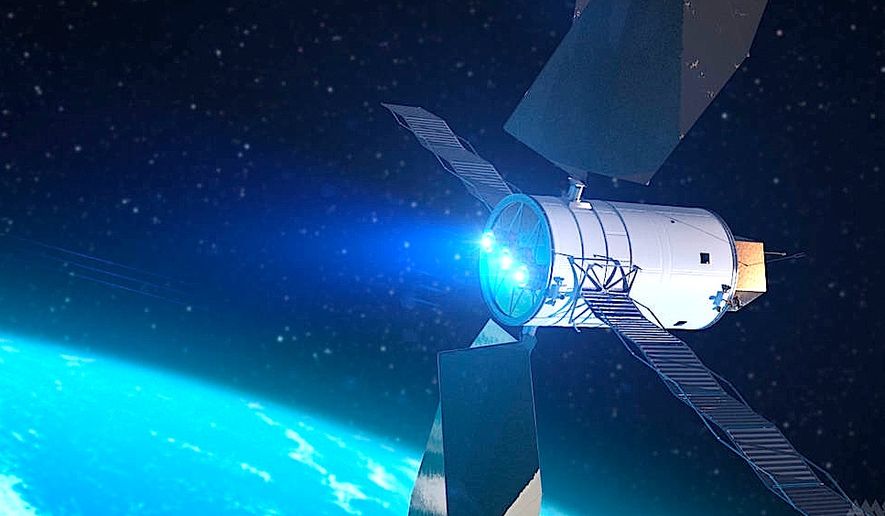If a monster asteroid is headed towards Earth, perhaps the planet is a little more prepared. NASA announced Friday that the Planetary Defense Coordination Office is now open for business, tasked with a succinct mission: to track and characterizing all asteroids and comets that veer too close to Earth - and figure out a response to “potential impact threats.”
And yes, the United States now has a designated Planetary Defense Officer.
“The agency is committed to perform a leadership role in national and international efforts for detection of these natural impact hazards, and to be engaged in planning if there is a need for planetary defense,” said Lindley Johnson, who now has the official title.
There’s a lot of tracking to be done. NASA has discovered over 13,500 near-Earth objects since it began following such things 14 years ago; about 1,500 appear each year.
“Asteroid detection, tracking and defense of our planet is something that NASA, its interagency partners, and the global community take very seriously,” said John Grunsfeld, associate administrator for NASA’s Science Mission Directorate. “While there are no known impact threats at this time, the 2013 Chelyabinsk super-fireball and the recent ‘Halloween Asteroid’ close approach remind us of why we need to remain vigilant and keep our eyes to the sky.”
NASA has been working on worldwide planning for planetary defense for some time, the federal agency advised in its announcement; the new office will improve and expand on the effort. On the to-do list: issuing close call advisories and warnings, and in the case of the wayward asteroid, coordinating the response to an actual impact with FEMA, the Department of Defense and other U.S. agencies, plus international counterparts.
The office has already won kudos from the National Science Foundation, which has vowed to supply “fruitful collaboration across the agencies to bring all of our resources – both ground-based and space-based – to the study of this important problem.”
The office is also developing long-term planetary defense goals. They include “asteroid redirect” concepts that could could push the threatening object off course and away from Earth - a program also of interest to the European Space Agency. NASA is poised for the worst case scenario as well.
“Even if intervention is not possible, NASA would provide expert input to FEMA about impact timing, location, and effects to inform emergency response operations. In turn, FEMA would handle the preparations and response planning related to the consequences of atmospheric entry or impact to U.S. communities,” the space agency noted.
Some $70 million has gone towards the effort since 2010. The federal budget for fiscal year 2016 includes $50 million for the newborn office, “representing a more than ten-fold increase since the beginning of the current administration,” NASA says.
Find the office here
• Jennifer Harper can be reached at jharper@washingtontimes.com.




Please read our comment policy before commenting.